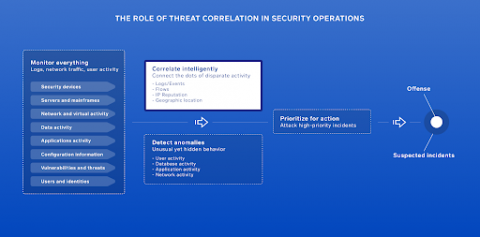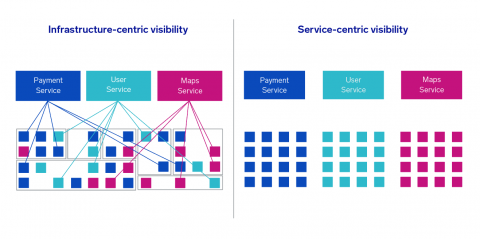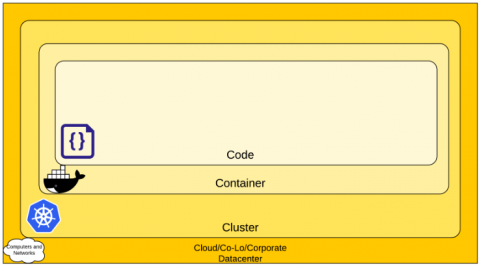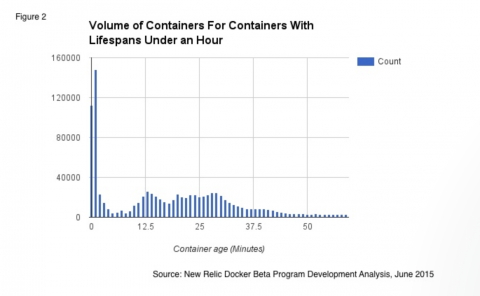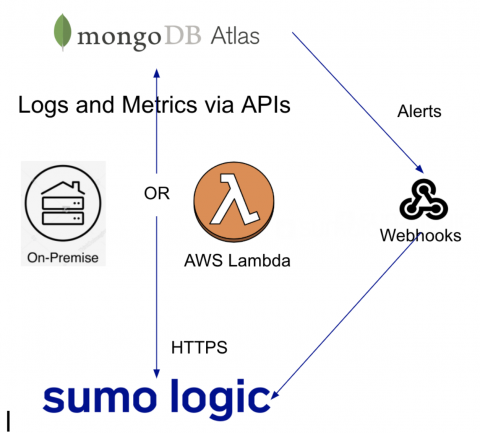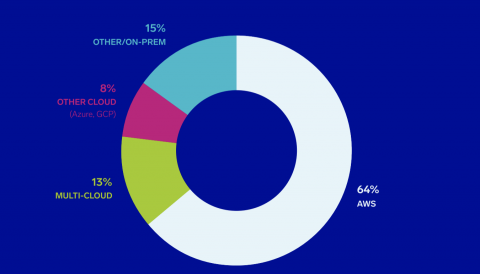Cloud Scale Correlation and Investigation with Cloud SIEM
Virtually every organization is a victim of cybercrime today. As the threat landscape evolves and proliferates, it’s necessary to prioritize the protection of data, customers’ privacy and brand reputation. Security directors must be prepared and equipped with the necessary tools to detect security events and address them accordingly at all times.


